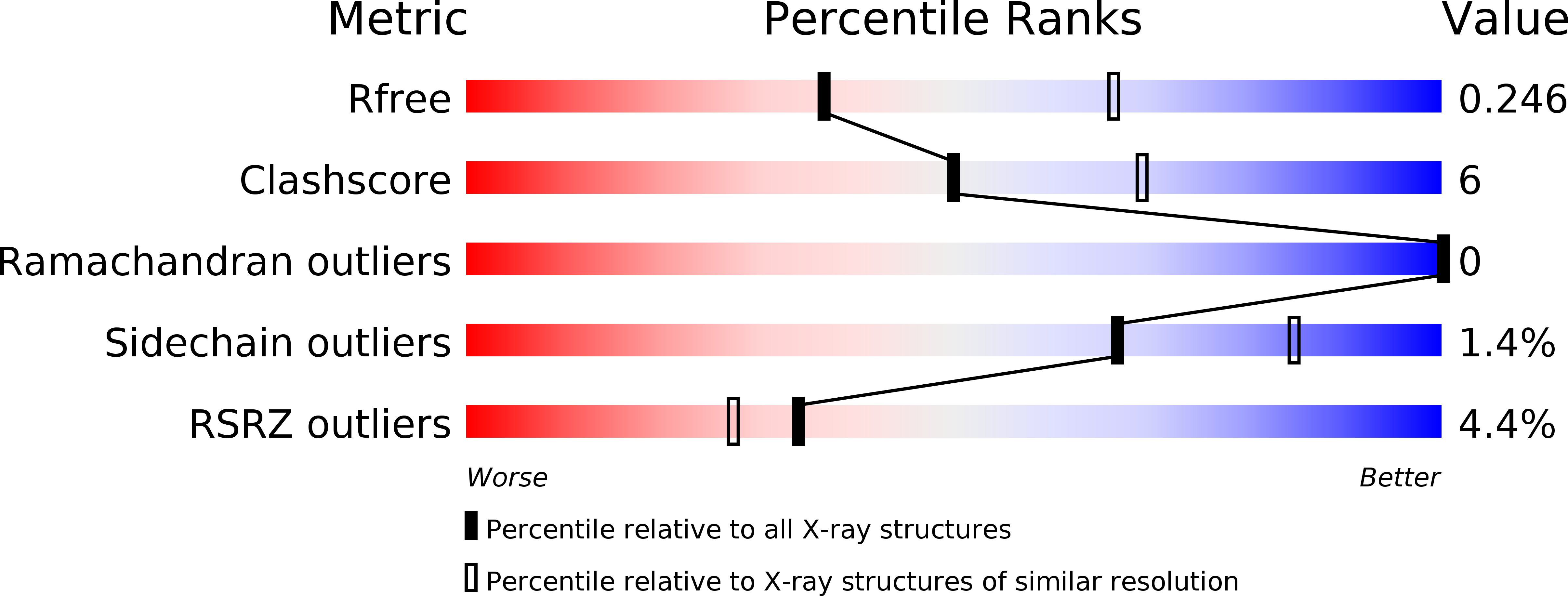
Deposition Date
2017-08-08
Release Date
2018-03-21
Last Version Date
2024-05-08
Entry Detail
PDB ID:
5OON
Keywords:
Title:
Structure of Undecaprenyl-Pyrophosphate Phosphatase, BacA
Biological Source:
Source Organism:
Escherichia coli (Taxon ID: 562)
Host Organism:
Method Details:
Experimental Method:
Resolution:
2.60 Å
R-Value Free:
0.24
R-Value Work:
0.20
R-Value Observed:
0.20
Space Group:
C 2 2 2


